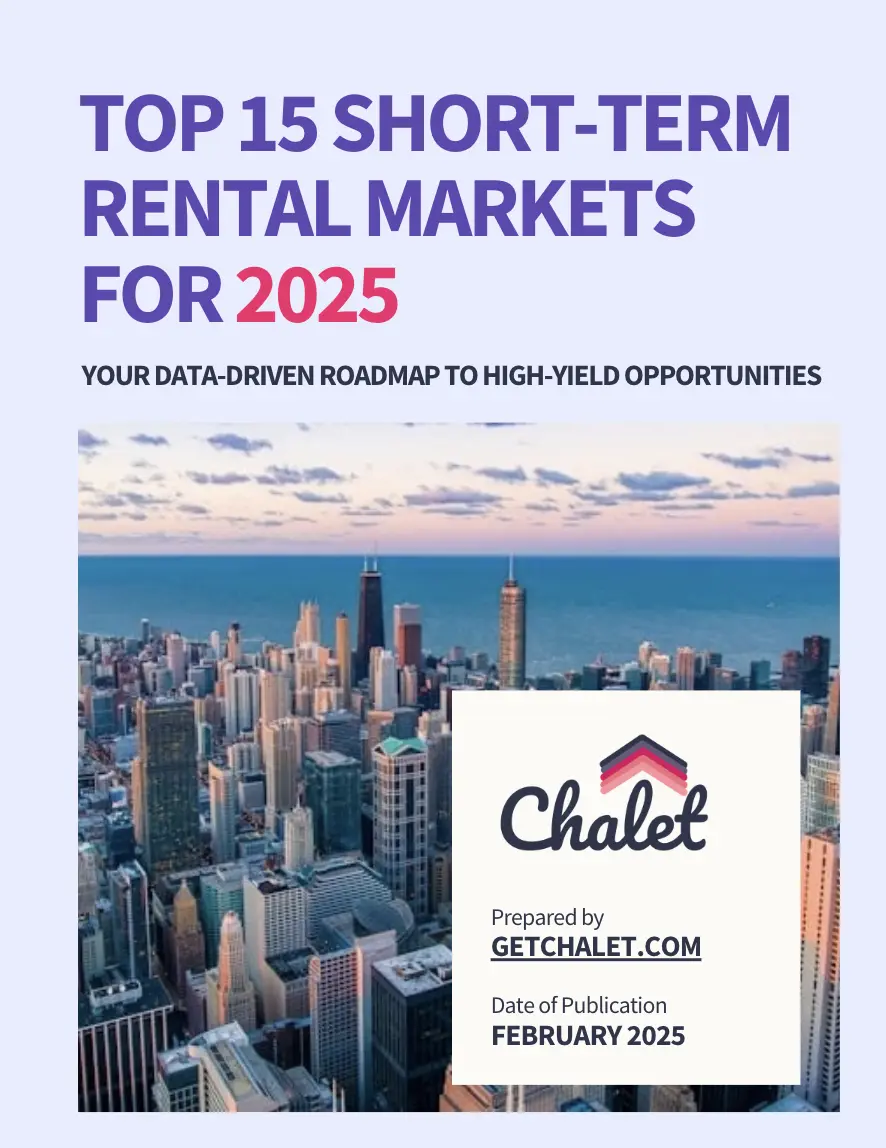President Trump’s recent proposal for a 50‑year home loan has caught attention – but experts warn it’s a dangerous deal rather than a panacea. By stretching payments over half a century, borrowers see lower monthly dues but end up paying dramatically more interest. In one Washington Post analysis, a $500,000 loan at roughly 6% interest would require around $3,030/month on a 30‑year term, versus $2,670 on a 50‑year one – a $361 monthly “savings”.
Sounds appealing for cash flow, but the catch is steep: total interest would soar to about $1.1 million on the 50‑year loan versus $590,000 on the 30‑year loan. In other words, homeowners pay hundreds of thousands more just to lower each payment slightly. As personal finance columnist Michelle Singletary puts it, a 50‑year mortgage can feel like “being a perpetual renter,” paying down a tiny sliver of principal each month.
How 50-Year Loans Work (and Why They Hurt Equity)
Spreading a loan over 50 years does lower the monthly payment, but savings are largely illusory. Most analysts expect lenders to charge higher interest rates on such long loans (reflecting default risk), which wipes out much of the benefit. Even with the same rate, the math is eye-opening: for a $400,000 home, a 30‑year loan at 6.25% costs $2,300/month, whereas a 50‑year loan drops to $2,000. That $300 monthly drop can help first-time buyers stretch their budget, but interest accumulates relentlessly over two extra decades. In the example above, the 50‑year loan would accumulate $816,396 in interest, vs $438,156 on a 30‑year loan – an 86% increase in total interest paid.
Crucially, building home equity takes a long time on a 50‑year loan. In this $400,000 example, a homeowner would own only 14% of the home after 10 years, compared to 24% under a 30‑year schedule. A mortgage expert notes that at 10 years, a borrower on a 30‑year loan paid down $80,000 (16% of principal), whereas the 50‑year borrower paid only $21,000 (4%). That gap means you tap into homeownership equity far more slowly, delaying wealth accumulation and options like home-equity loans.
- Minimal equity gains: A 2025 analysis found a 50‑year loan ends with only 24% equity when the 30‑year loan is paid off, and still owes $378,000.
- Staggering interest: Compared to a 30‑year mortgage, the longer loan can cost hundreds of thousands more in interest (e.g. an extra $553K in one $500K example).
- Perpetual debt: Experts warn borrowers “get in debt forever, in debt for life” (Rep. Marjorie Taylor Greene) since the payoff date is so distant.
For Airbnb and short-term rental investors, these issues are magnified. A lower monthly mortgage might ease cash flow on paper, but higher interest eats into profits over time. Slower equity growth means less leverage for property upgrades or new investments. As Realtor.com economist Joel Berner notes, the extra decades will “take much longer to build equity”, which doesn’t fix America’s housing crunch. If anything, it might pump up prices by fueling demand.







